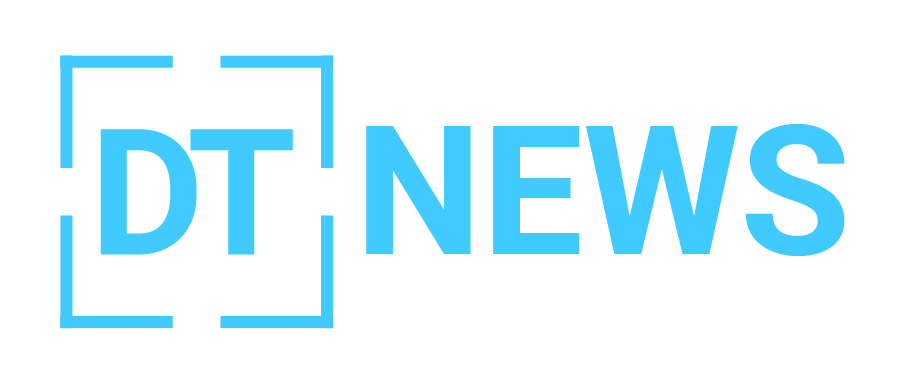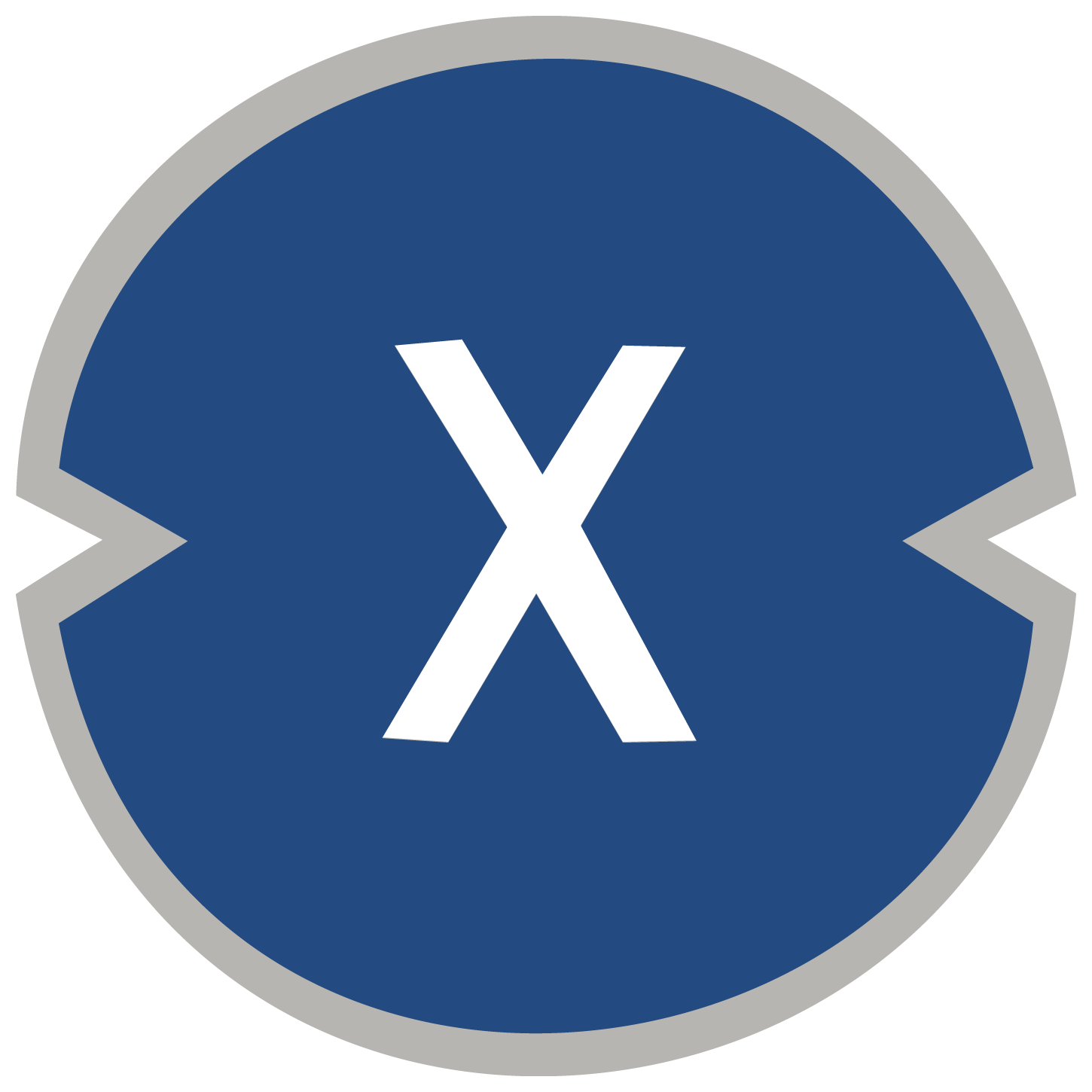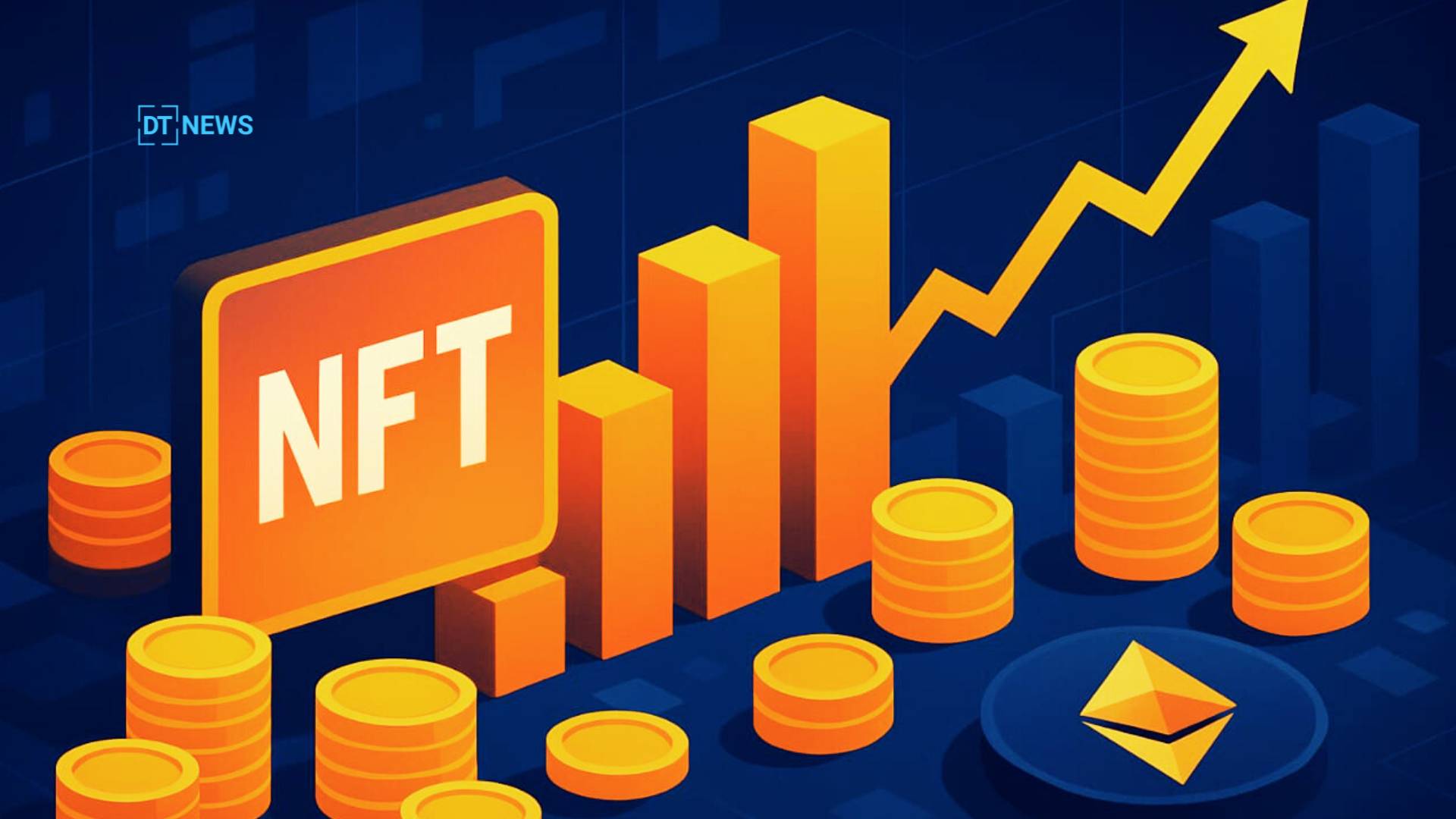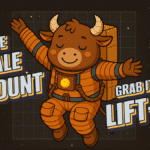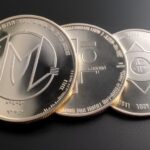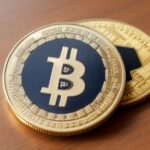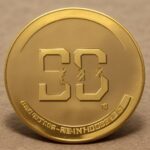According to sources, the NFT market comeback is clearly happening, with a big jump in value and changes in how people are buying NFTs. In July, NFT trading volume jumped by 96%, hitting $530 million, even though total transactions fell by 4%. The average price of an NFT rose sharply, from $52 in June to $105 in July.
- What Triggered the Sudden NFT Market Comeback?
- How Has Buyer Behaviour Shifted in the NFT Space?
- How Are Creator Platforms Fueling This Recovery?
- Did NFTs Outpace DeFi in July?
- Conclusion
- FAQs
- 1. How much did NFT trading volume increase in July 2025?
- 2. Did the number of NFT transactions rise too?
- 3. What was the average NFT price in July 2025?
- 4. What new use cases are emerging for NFTs?
- 5. How are buyers behaving differently in July 2025?
- 6. What blockchain does Zora operate on?
- Glossary
This points to a shift in focus toward quality and higher-value assets rather than just trading large amounts. The NFT market comeback is also being driven by platforms that support creators and by the growing number of real-world uses for NFTs.
What Triggered the Sudden NFT Market Comeback?
The NFT market comeback in July happened mainly because of more expensive trades, not because more NFTs were sold. Only about 5 million NFTs were traded, which is less than before, but the average price for each one doubled.
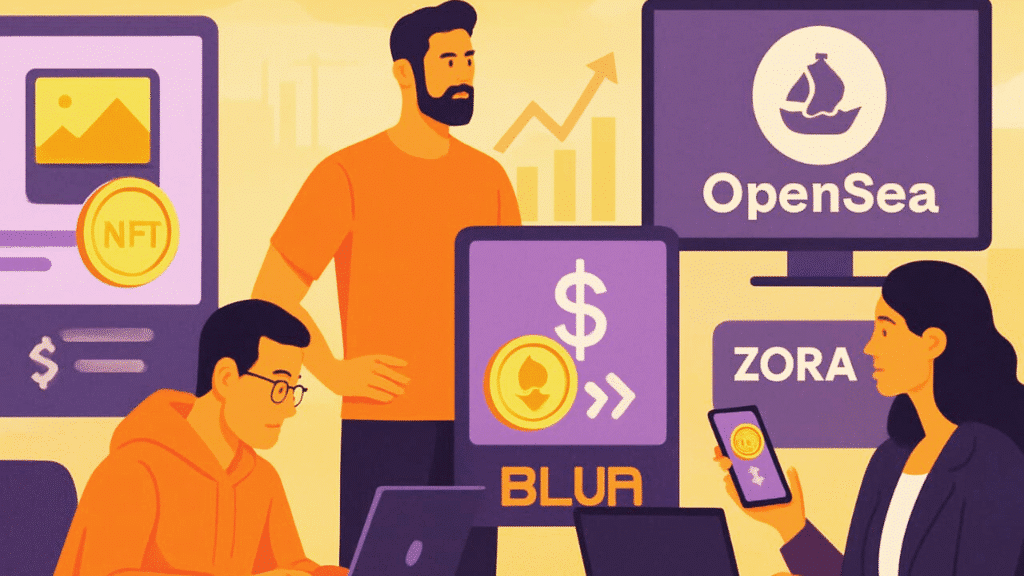
This shows people were buying fewer NFTs but spending more on each. A big reason for this was the platform Blur, which handled 80% of Ethereum-based NFT trading. Blur became popular because it offers tools for serious traders, like the Blend lending feature that helps with borrowing and trading NFTs more easily.
“Blur is built for experienced traders,” explained Max Berger, a Web3 market expert. “Its lending feature lets people get value from NFTs they already own, which makes it easier to afford more expensive trades.”
At the same time, OpenSea remained the top platform in terms of daily users, mainly because it supports multiple blockchains and has a wide range of NFT listings.
Another platform, Zora, which runs on the Base network, also gained attention. It stood out by offering lower minting costs and tools that support and benefit creators.
How Has Buyer Behaviour Shifted in the NFT Space?
DappRadar data shows that buyers are now focusing more on quality than quantity. The NFT market comeback is marked by fewer trades, down by 4%, but a big jump in total trading volume because of higher prices per NFT.
This means people are no longer just flipping NFTs quickly for profit. Instead, they are choosing more valuable and meaningful assets to hold for the long term.
“The speculators have mostly stepped back. Now, it’s mostly serious buyers and collectors who are looking for real value,” said Dana Li, a blockchain researcher at ChainCatcher.
NFTs are no longer just about art or digital collectables. They are now being used in areas like event tickets, digital ID, and turning real-world items into digital assets. This wider use is helping bring back trust in the NFT space, as people see more practical value in owning them.
| Metric | Value |
| Total Trading Volume | $530M |
| Month-over-Month Increase | 96% |
| Average NFT Sale Price | $105 |
| Total Transactions | 5 million (down 4%) |
| Unique Buyers | 713,000 (down 17%) |
| Unique Sellers | 405,000 (up 9%) |
| Ethereum’s Share | 62% of NFT transactions |
| Buyer Behavior | Fewer trades, higher value |
| DeFi vs NFT User Activity | NFTs outpaced DeFi activity |
How Are Creator Platforms Fueling This Recovery?
The NFT market comeback is largely supported by platforms that focus on helping creators. Zora is a good example of this. By cutting down minting costs and making tools easier to use, it has attracted many new creators.
It’s a Layer 2 setup, built on the Coinbase-backed Base network, that keeps fees low, which encourages more people to try new ideas and create freely. Experts believe that focusing on creators is important for the NFT market to stay strong in the long run.
“Now, the tools are made for both artists and developers, not only for traders,” said Priya Das, a product strategist at an NFT startup. “
Tools like using NFTs as collateral and lending options are turning it into a more serious, investment-focused market, instead of just a space for quick flipping and speculation.
Did NFTs Outpace DeFi in July?
Yes, especially when looking at user activity. While DeFi’s total value locked (TVL) grew by over 30% to reach $259 billion, the NFT market comeback stood out with more active users.

According to DappRadar, NFTs had stronger user engagement, even though the number of trades was still lower than in past peak periods. OpenSea, for example, had about 27,000 daily active users, showing that the NFT market comeback is drawing more individual users than DeFi right now.
Interestingly, both NFTs and DeFi are growing thanks to the wider use of Web3. Tokenized stocks saw a big jump too, with wallet interactions increasing from 1,600 to over 90,000. This supports the idea that turning real-world assets into digital tokens is helping both sectors grow together.
Conclusion
Based on the latest research, the NFT market comeback in July happened because of real changes, not just hype. Trading volume went up by 96%, and the average price of NFTs also rose.
This shows the market is becoming stronger and more focused on value. With better tools, support for creators, and more real-world uses, NFTs are growing in a steady way. If things keep going like this, August could prove that the NFT market comeback is real and lasting.
Summary
The NFT market comeback in July 2025 saw trading volume jump 96% to $530 million, even as transactions dropped by 4%. Buyers focused more on quality, spending more per NFT.
Platforms like Blur and Zora helped boost the market with tools for creators and serious traders. NFTs are also being used in new ways, like event tickets and digital IDs. With rising real-world utility and stronger infrastructure, this growth could continue into August and beyond.
Stay updated on NFT market trends, Ethereum gains, and buyer updates, all in real time on our platform
FAQs
1. How much did NFT trading volume increase in July 2025?
It jumped by 96%, reaching $530 million.
2. Did the number of NFT transactions rise too?
No, it dropped by 4%.
3. What was the average NFT price in July 2025?
It rose to $105, up from $52 in June.
4. What new use cases are emerging for NFTs?
Event tickets, digital ID, and tokenized real-world assets.
5. How are buyers behaving differently in July 2025?
They’re buying fewer NFTs but spending more per trade.
6. What blockchain does Zora operate on?
Zora runs on the Base network.
Glossary
OpenSea- A major NFT marketplace that supports multiple blockchains and diverse listings.
Zora- A creator-focused NFT platform on the Base network, offering low minting fees.
Base Network- A blockchain by Coinbase used for fast and low-cost NFT transactions.
DappRadar- A platform that tracks blockchain apps and NFT market data.
